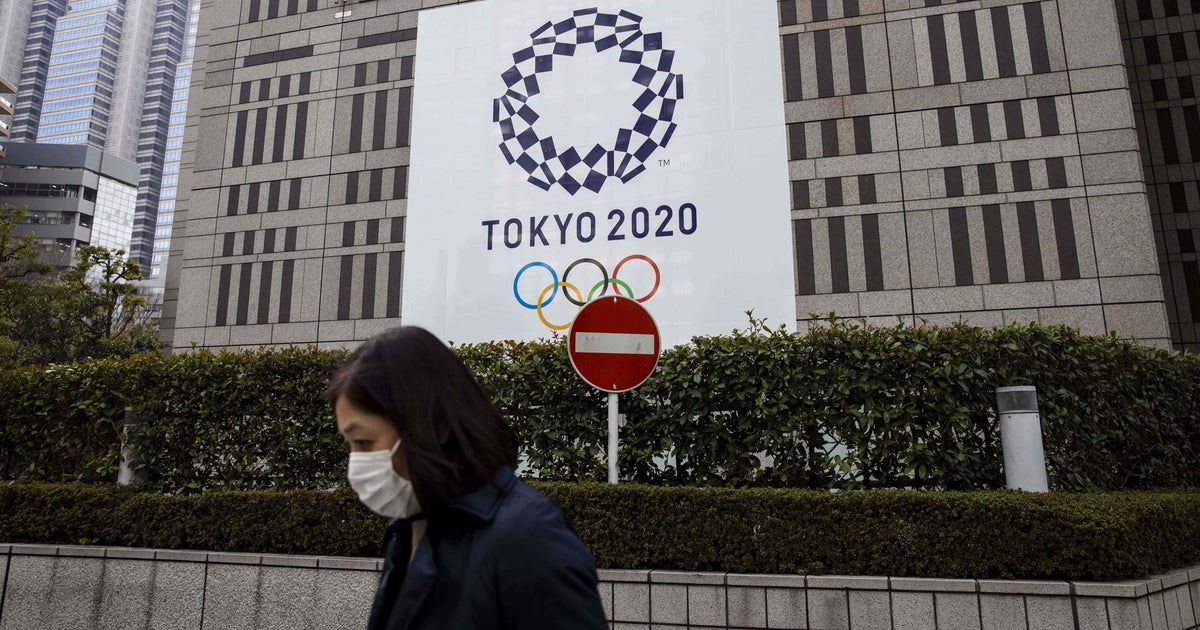
- Select a language for the TTS:
- UK English Female
- UK English Male
- US English Female
- US English Male
- Australian Female
- Australian Male
- Language selected: (auto detect) - EN
Play all audios:
Radiators get a lot of use at this time of year when temperatures start to cool down and the weather turns damp. However, despite how often we use our radiators, we often forget to check if
they’re functioning correctly. A faulty radiator cannot only make your home cooler but cost you more money too.
DIY expert and gardener Matt James has shared the signs you need to look out for when your radiators “need bleeding”.
The B&Q expert also shared a step-by-step guide on how to bleed a radiator, including top tips to avoid spills.
Matt said: “If when you touch your radiators, the top feels cool but the bottom feels hot, it needs bleeding.
“Bleeding is ultimately just releasing the air that over time has got trapped in the system.
READ MORE: Where is Sandringham? Beautiful setting of Queen's Christmas retreat
We use your sign-up to provide content in ways you've consented to and to improve our understanding of you. This may include adverts from us and 3rd parties based on our understanding. You
can unsubscribe at any time. Read our Privacy Policy
“It's a really simple job that will make your home feel warmer and improve the efficiency of your heating system.”
You will need to check whether you have a gravity-fed system or a combination boiler system.
Matt said if you have a combi boiler, you will need to ensure you know how to repressurize the system.
You may need to check the manufacturers’ manual for instructions.
DON'T MISSOrchid care: Houseplant expert shares ‘ideal’ position for your plants [INSIGHT]Alan Titchmarsh shares how to ‘perk’ up lawn bald patches - video [UPDATE]DIY newbie transforms
characterless kitchen for £40 - ‘I saved £360’ [ANALYSIS]
To bleed your radiators, you will first need to fit a bleed key.
Looking for a new home, or just fancy a look? Add your postcode below or visit InYourArea
“This will be on the top left, right or rear of the radiator.
Matt warned homeowners they shouldn’t over-tighten or you will damage the thread.
Wipe it with a dry cloth in case any water escaped.
You will need to ensure you checked all your radiators as you may need to bleed more than one.
Matt added: “Don't forget to repressurize your system if you have a combination boiler.
“You can buy special radiator keys which have got a reservoir which you can use to help trap any spills.
“One more thing, radiators attached to external walls… The heat from those radiators is often absorbed by the wall.
“But if you pop this special radiator foil all behind the radiator, the heat is reflected back out into the room, keeping you nice and toasty.”
See today's front and back pages, download the newspaper, order back issues and use the historic Daily Express newspaper archive.






